There’s no easy way to become a doctor. An American physician spends an average of 14 years in training: 4 years of college, 4 years of medical school, as well as residencies and fellowships that last between 3 to 8 years.
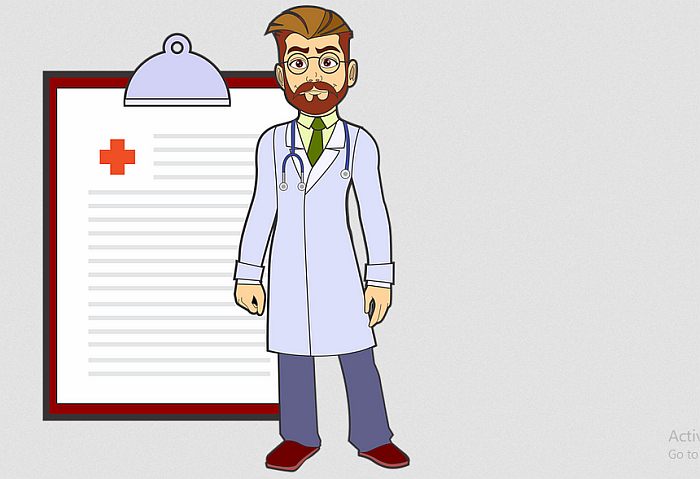
During this extensive training potential doctors often have to give up their personal lives due to time commitments and tons of studying. Not to mention, most students graduate from medical school with a considerable amount of financial debt.
It’s no picnic, right? Not surprisingly, anywhere from 6 to 20 percent of medical students will drop out. The path to becoming a doctor is indeed a long and hard process, but for some, it can be even harder.
Dr. Michael Haghighi, among other students of Med School at the American University of the Caribbean (AUC),¬Ýlocated on Montserrat Island, faced a real natural disaster. On July 18, 1995, at the end of Dr. Haghighi‚Äôs second year of clinical rotation, the Soufri√®re Hills volcano that had been dormant for centuries, became active.
The highs and lows of AUC on Montserrat Island
The American University of the Caribbean School of Medicine was founded by American educator Dr. Paul Tien in 1978. Originally the main campus was located on the island of Montserrat. It is a Caribbean island in the Leeward Islands, which is part of the chain known as the Lesser Antilles, in the West Indies. The island is 10 miles (16 km) long, 7 miles (11 km) wide, and the coastline is approximately 25 miles (40 km) in length overall.
The government of Montserrat granted the University a 25-acre parcel of land, which is approximately the size of 19 football fields. A new campus of 17 buildings was constructed near Plymouth – the capital city of the island currently buried in ash.¬ÝClasses at the newly built campus began in January of 1980.
Nine years later, on 17 September 1989, Hurricane Hugo, one of the most devastating hurricanes to affect the Caribbean, destroyed the island, leaving nearly every home heavily damaged. The hurricane created mudslides, injuring many, and even killed 10 people. The AUC campus was also severely damaged and deprived of electricity, water, and telephone services. Students and faculty were evacuated.
The AUC campus temporary moved to Plainview, Texas, where the classes resumed again on October 17, 1989. However, neither the University administration nor students wanted to leave such a beautiful place as Montserrat Island, so a year later, the rebuilt AUC campus was reopened there.
A new disaster hits
By the time Michael Haghighi and his classmates entered the AUC, the memories from Hurricane Hugo had all but faded away. The schools, churches, ¬Ýhospital, police department, government headquarters, and many other buildings ruined by the storm were reconstructed. The locals were still very friendly and the landscape was amazingly beautiful.
A group of medical students reached the island to take turns rotating the first 2 years and helped the local population with high-quality medical care.
But on July 18, 1995, while long thought to be dormant, the Soufrière Hills volcano erupted, sending pyroclastic flows and ash all over the surrounding areas. Students and faculty were evacuated, and Plymouth, including the AUC campus, were buried in more than 12 meters (39 ft) of mud and volcanic ash. Fortunately, no one was hurt.
“We were totally terrified. Loud booms, bubbles bursting, rumbling, and roaring like the sound of a military jet breaking the sound barrier Рthat is how I can describe what a volcanic eruption is like. I wouldn’t want to hear it again for the life of me,” said Dr. Haghighi, “In the middle of the chaos I remember one of the students saying: “Maybe we are not meant to be doctors”. Of course, everybody was shocked and this thought was brought up out of fear, but even then I disagreed inside. I always had a genuine passion for helping others and I always wanted to dedicate my career to improving other people’s lives. So back then I had a moment where I thought to myself, “This is a volcanic eruption, so there will likely be injured people who will need urgent medical care. I’ll be able to help them no matter what because I am a doctor.”
Moving on
Fortunately, no one was injured during the eruption in 1995. Since the AUC campus no longer existed, Dr. Haghighi had to have the 3rd¬Ýyear of his medical training at the Royal Hospital, in the UK before coming back to the U.S. ¬Ýfor his final year.¬ÝThe opportunity to have learned medicine in the UK was invaluable as they practice medicine with more of a hands-on approach. Then his residency at Louisiana State University Health Sciences Center in New Orleans was a charitable system where doctors were trained with patients that had all kinds of complicated medical conditions.
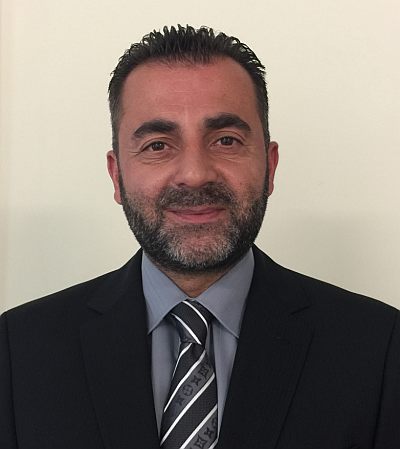 Being a doctor is a calling, so if a person strives to become one, even an awful occurrence such as a volcanic eruption won’t stand in the way.
Being a doctor is a calling, so if a person strives to become one, even an awful occurrence such as a volcanic eruption won’t stand in the way.
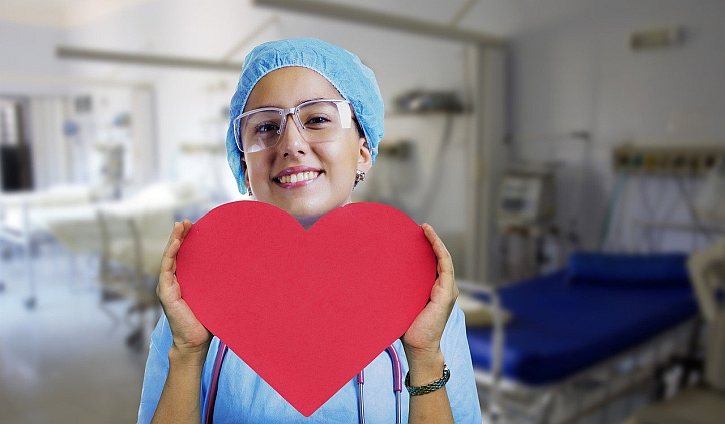
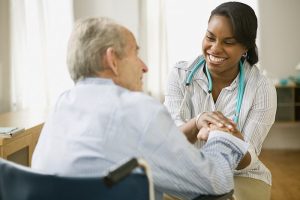
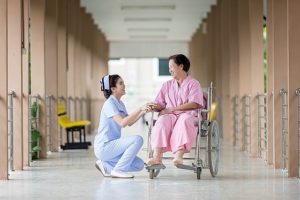
Leave a Reply